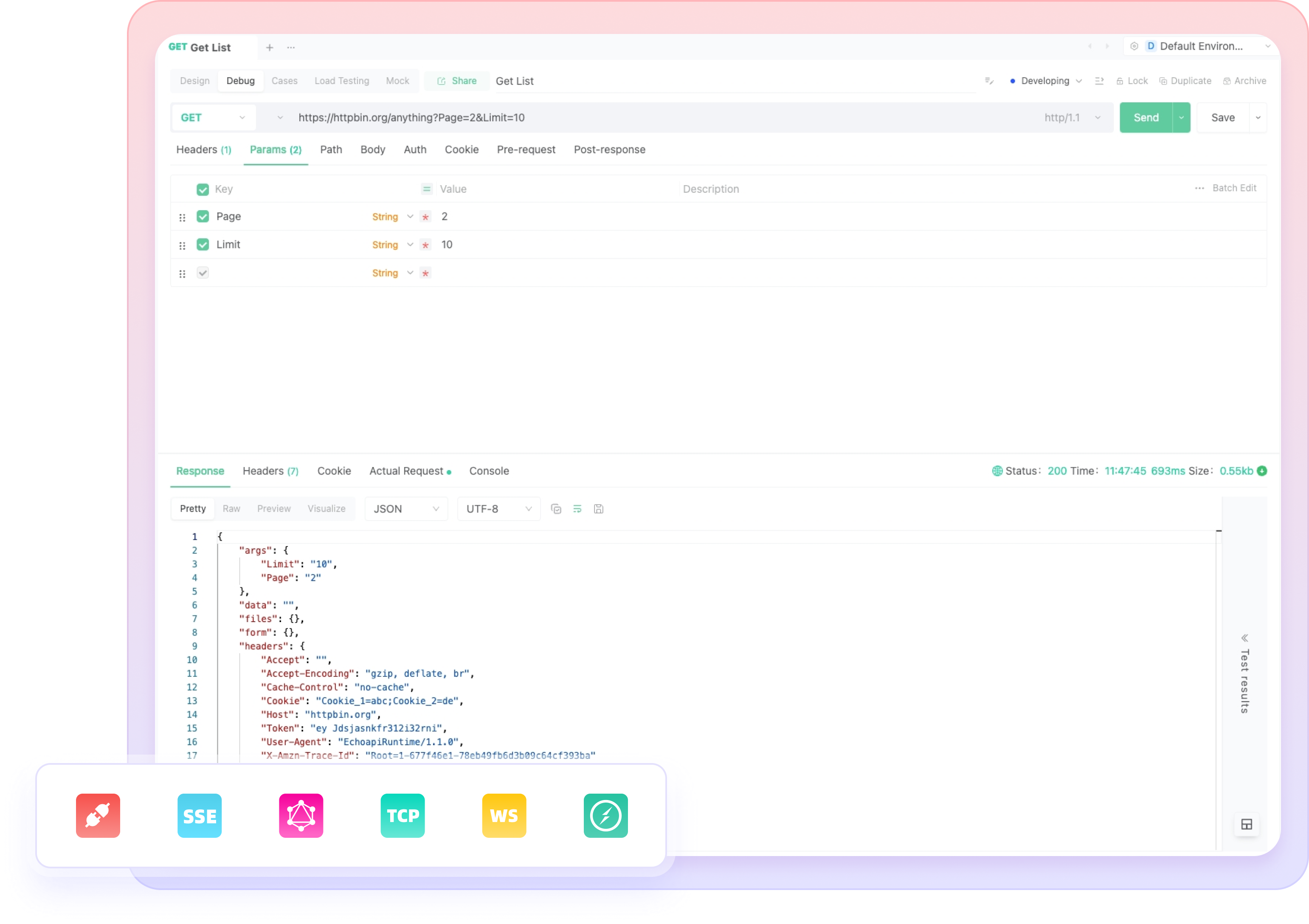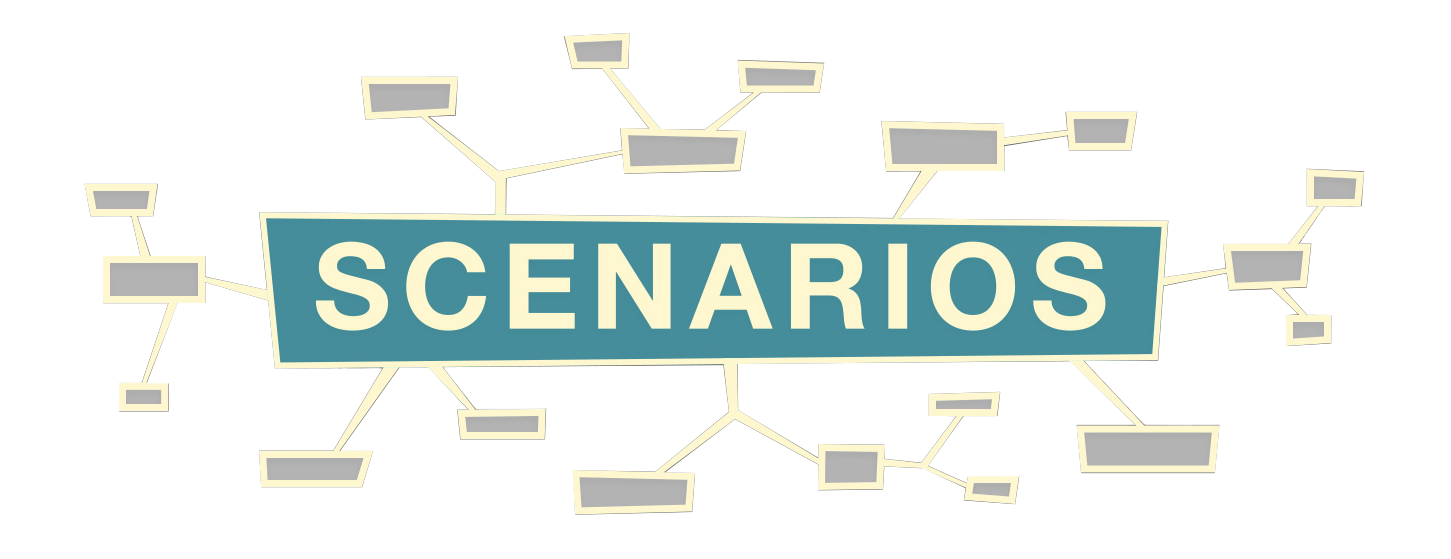Mastering Network Communication Protocols and Technologies: A Developer’s Primer
In this article, we will explore some commonly used network communication protocols and technologies, compare their features, advantages, and limitations, and discuss appropriate use cases for each.
For software developers, proficiency in various network communication protocols and technologies is not just an advantage—it's a necessity. The internet is built on complex layers of communication standards that allow applications to transmit data seamlessly, making understanding these protocols critical for any developer looking to build robust, scalable, and efficient applications. In this article, we will explore some commonly used network communication protocols and technologies, compare their features, advantages, and limitations, and discuss appropriate use cases for each.
Common Network Communication Protocols and Technologies

Developers frequently handle a variety of protocols, each tailored to specific types of network interactions. Among the key protocols are HTTP (HyperText Transfer Protocol), which is widely used for web browsing and document retrieval; SSE (Server-Sent Events), ideal for one-way rea l-time data flows like notifications and live updates; GraphQL, a flexible data querying language that allows clients to request exactly what they need; TCP (Transmission Control Protocol), essential for ensuring that data packets are delivered reliably and in order; WebSocket, which supports interactive, real-time communication between clients and servers; and Socket.IO, which enhances WebSocket by managing persistent connections and network instability effectively.
Importantly, in the field of development, the ability to test and debug these protocols is crucial. Tools like EchoAPI have become indispensable by supporting all of the aforementioned protocols and offering features like offline usage, enabling developers to easily test and troubleshoot their applications under various network conditions.

Each protocol serves distinct purposes and is chosen based on the specific requirements of the application and network interaction involved.
Comparing Network Protocols
Understanding the functionality, strengths, and weaknesses of each protocol can help in selecting the right tool for the right job. Here's a brief comparison:
| Protocol | Functionality | Advantages | Disadvantages |
|---|---|---|---|
| HTTP | Request/response protocol for web pages. | Widely supported, stateless, reliable. | High latency, not suited for real-time. |
| SSE | Server pushes updates to the client. | Simple to use, built on HTTP, real-time. | Unidirectional, limited browser support. |
| GraphQL | Query language for APIs. | Fetches specific data, reduces over-fetching | Complex to implement, caching issues. |
| TCP | Core protocol for internet data exchange | Reliable, ordered, error-checked streams. | Heavyweight, requires more management. |
| WebSocket | Bidirectional communication. | Real-time, reduces overhead. | More complex, security considerations. |
| Socket.IO | Real-time bidirectional event-based. | High-level, easy to use, auto-reconnect. | Depends on HTTP long-polling as fallback. |
Choosing the Right Protocol: Use Case Scenarios

Each of these protocols shines in different scenarios based on their designed uses:
- HTTP: Best for standard web page and app interactions where a request-response pattern suffices, such as retrieving web pages or server data upon request.
- SSE: Ideal for applications like live news feeds or stock ticker updates where the server needs to push updates to the client continuously.
- GraphQL: Suited for complex applications where clients need to retrieve many different resources in a single request, like in complex databases interactions or mobile applications that pull various data types.
- TCP: The go-to for reliability and order, perfect for applications that can’t afford to lose or scramble data, such as file transfers.
- WebSocket: Excellent for real-time applications such as online games, collaborative tools, and chat applications requiring two-way communication.
- Socket.IO: Useful for similar scenarios to WebSocket but with additional features like automatic reconnection and event-based communication enhancements, ideal for modern web applications needing robust client-server interaction.
Conclusion
Navigating the landscape of network communication protocols and technologies is fundamental for today’s developers. By understanding the distinctions between these protocols, developers can choose the most suitable for their project needs, enhancing application performance and user experience. Whether building a simple web application or a complex, highly interactive real-time system, the correct choice of protocol can have a significant impact on the success of any project.




 EchoAPI for VS Code
EchoAPI for VS Code

 EchoAPI for IntelliJ IDEA
EchoAPI for IntelliJ IDEA

 EchoAPl-Interceptor
EchoAPl-Interceptor

 EchoAPl CLI
EchoAPl CLI
 EchoAPI Client
EchoAPI Client API Design
API Design
 API Debug
API Debug
 API Documentation
API Documentation
 Mock Server
Mock Server








